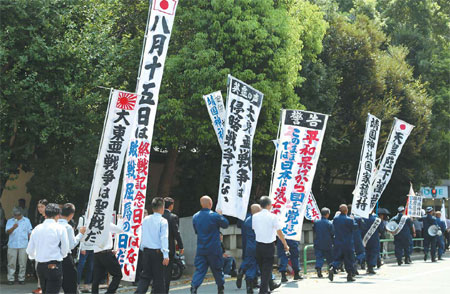Military mindset resurrected
Updated: 2013-08-16 08:53
By Tom Clifford in Tokyo (China Daily)
|
||||||||

|
Right-wing activists carry banners at the Yasukuni Shrine on Thursday, on the anniversary of Japan's surrender in World War II. Cai Hong / China Daily |
Ceremony hijacks history, drives political agenda
There is one place in Japan where the emperor dare not go. It is a supreme irony, because it is the place where he would be most welcomed and that his prime ministers and members of the cabinet often visit.
Neither distance nor geography is a factor. His imperial home is close by, and, on Aug 15, he will be just 600 meters from it, across the road at the Nihon Budokan hall in Tokyo, at the official ceremony marking the end of World War II.
But that small distance represents conflicting views of Japan's past and future.
The place he dare not go is the Yasukuni Shrine, a toxic mix of myth and militarism that acts like a canker gnawing the vitals of the Japanese body politic. Even the name is strangely at odds with its function. Yasukuni means peaceful nation in Japanese.
Emperors have visited in the past. Hirohito paid his respects at Yasukuni eight times after the war but made his final visit in 1975, three years before the souls of war criminals were enshrined.
Akihito has not visited Yasukuni since succeeding his father as emperor in 1989.
Every nation has a right to honor its war dead. The Tomb of the Unknown Soldier holds a special place in the hearts of people regardless of their nationalities. But this is not Yasukuni's role. There are no bodies in the shrine. There is, just 2 kilometers up the road, Chidorigafuchi National Cemetery, where the remains of World War II dead are buried. It has a Tomb of the Unknown Soldier.
The shrine's post-1945 association with wartime state Shinto, a fundamentalist version of the creed, was once considered a joke. A quixotic display of people dressed in funny uniforms who made the Flat Earth Society seem like visionaries. They had no place in modern camera-producing, car-making, salary-man Japan. Or so the story went.
But in 1978 the souls of 14 Class-A War Criminals (those who plan and conduct wars of aggression), seven of whom were hanged after the Tokyo trials, were enshrined.
This was an incredible victory for the militarists, but it had to be kept quiet, at least initially. The news was not publicized until 1979.
Because Yasukuni is privately funded, by the Association of Wartime Bereaved Families, the government was able to deny any official role. But in a country where one party, the Liberal Democratic Party, has been in power for all but four years of the past sixty, its powers of denial have been as audacious as they are breathtaking.
The shrine occupies prime real estate in the heart of Tokyo. Its manicured grass, elaborate 19th century architecture and multimillion dollar museum annex bear audacious testimony to the power of its patrons.
Its Book of Souls records the names, origins and places of deaths of approximately 2.5 million mostly Japanese men, and some women, who died in wars since the shrine was built in 1869.
State Shinto refers to them as "kami" (divine, godlike), as in kamikaze. The souls are worshipped as deities.
General Hideki Tojo, Japan's prime minister from 1941 to 1944, is one of the 14 inscribed in the Book of Souls, but the other 13 seem strangely in the shadows.
Tojo was tried in 1948 for war crimes on 54 counts, found guilty and hanged. Only afterwards was it revealed that he had approved anatomical experiments on prisoners without anesthetic. Another six were found guilty and hanged, four received life imprisonment, one got 20 years, and two died before sentencing.
General Iwane Matsui, commander-in-chief of the invading Japanese troops who committed the Nanjing Massacre in 1937, and his chief-of-staff, Akira Mutou, deserve special mention.
Both were executed on Dec 23, 1948, after being found guilty of perpetuating the massive slaughter of civilians.
They were far from contrite.
At least 300,000 Chinese were killed over the course of six weeks by Japanese invaders, who occupied Nanjing on Dec 13, 1937.
The horrendous extent of the rampage of Matsui's forces is still denied by many in Japan even today. Yasukuni is the ultimate symbol of those in denial and strengthens their determination to cover up.
Setting the agenda
The shrine is not just about the hijacking of history; it is about setting the agenda.
It is about keeping the flame of militarism alive. Sadly, and shamefully, it is working.
The Japanese Prime Minister Shinzo Abe, a nationalist who wants to revise Japan's pacifist constitution to give its military a bigger role overseas, voiced support this year for altering a 1993 apology issued by the then chief Cabinet secretary, Yohei Kono, for the forced recruitment of the so-called "comfort women".
In 1995, the then socialist prime minister, Tomiichi Murayama, issued a more general expression of remorse over Japan's wartime conduct.
The Education Minister Hakubun Shimomura wants to scrap this apology.
Abe recently questioned whether Japan's wartime conduct in Asia could be described as aggression. Asked in parliament if he would consider revising the Murayama statement, he replied, "The definition of what constitutes aggression has yet to be established in academia or in the international community.
"Things that happened between nations will look differently depending on which side you view them from."
Total, absolute and utter nonsense.
It is worthwhile contrasting the situation with that in Germany. A German denying the Holocaust would be ostracized and face criminal charges. A Japanese minister admitting the Nanjing Massacre would be shunned and his career over.
The museum adjoining the shrine is an insult to humanity.
It refers to 1,068 tried for war crimes after World War II as "martyrs," who were "cruelly and unjustly tried by a sham tribunal of the allied forces (the international court) of the US, England (sic), Netherlands, China and others. These martyrs are also the kami of Yasukuni."
It adds that "Japan's dream of building a Great East Asia was necessitated by history and was sought after by the countries of Asia". The Japanese referred to their part in World War II as the Struggle for the Great East Asia Co-Prosperity Sphere, but assertions that is was necessary and popular in the region are complete claptrap.
In a denial that is criminal both in intent and fact, the shrine's propaganda adds that the "comfort women" - women forced into sexual slavery to satisfy Japanese soldiers - were not coerced "by the Japanese empire".
You can also see a depiction of the battle for Tokyo Bay. Except there wasn't one. Myth.
There is a reason why Japanese children know so little about their country's past, and why the Nanjing Massacre is barely mentioned let alone acknowledged.
Yasukuni is an expression of the forces at work that deny Japan's military aggression and want to shape a different, more belligerent future. It is not just a shrine, looking at the past through a militarist prism; it represents a lurking threat. A clear and present danger.
Its influence is working. Look at the Japanese Cabinet.
Thirteen members support Nihon Kaigi, a nationalist think tank that rejects what it terms Japan's "apology diplomacy" for its wartime misdeeds.
When a Cabinet member says that Tokyo could learn about constitutional reform from the Nazis to carry out a massive program of rearmament under the radar, as Deputy Prime Minister Taro Aso did earlier this month, then the influence of Yasukuni is undeniable.
Yasukuni wants Japan to dramatically change direction. If the emperor, or any emperor, crosses the road, they will have succeeded.
cliffordtomsan@hotmail.com

(China Daily USA 08/16/2013 page5)
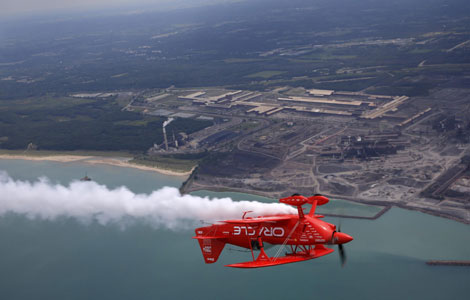
 Thrills in store for Chicago Air and Water Show
Thrills in store for Chicago Air and Water Show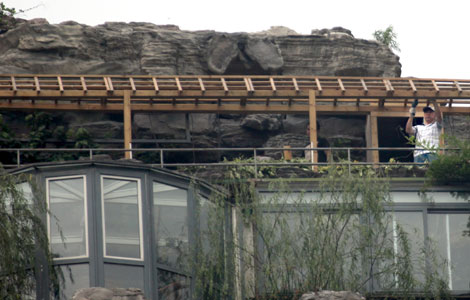
 Demolition work starts on rooftop villa structure
Demolition work starts on rooftop villa structure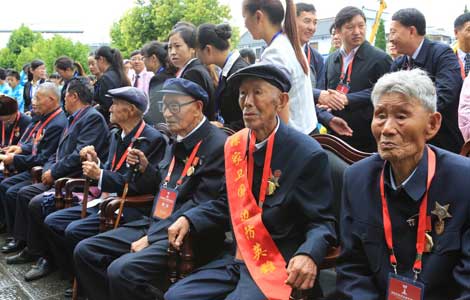
 Memorial to expeditionary soldiers opens
Memorial to expeditionary soldiers opens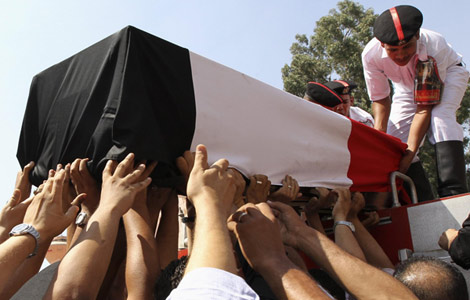
 Death toll from Egypt violence rises to 638
Death toll from Egypt violence rises to 638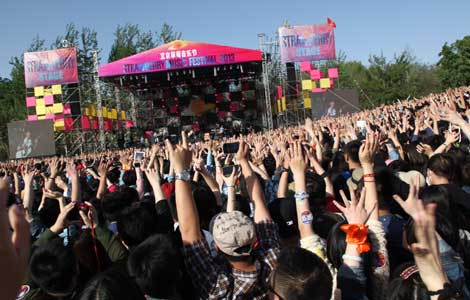
 Tunes that travel
Tunes that travel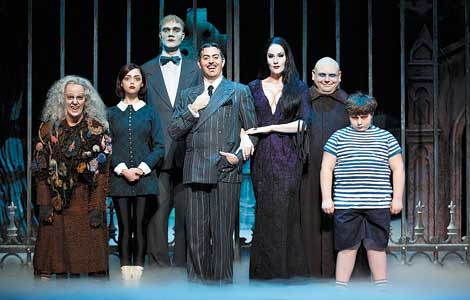
 Macabre Addams Family tests musical tastes
Macabre Addams Family tests musical tastes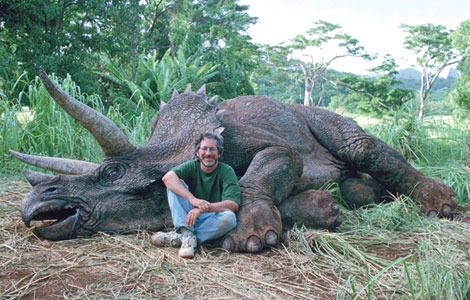
 Spielberg has desire to work with Zhang Yimou
Spielberg has desire to work with Zhang Yimou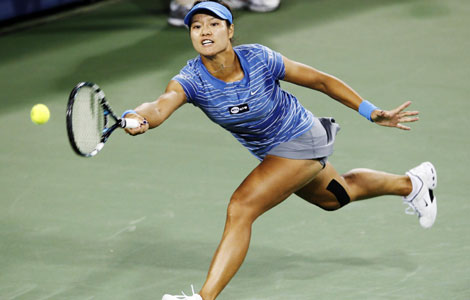
 Li Na advances to 3rd round at Cincinnati Open
Li Na advances to 3rd round at Cincinnati Open
Most Viewed
Editor's Picks

|

|

|

|

|
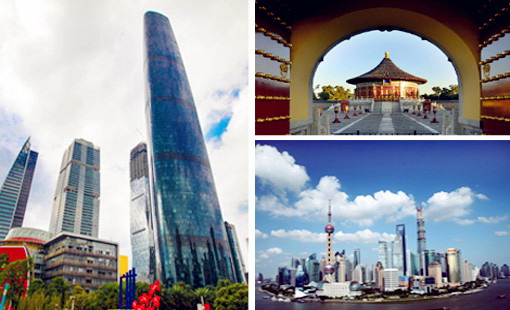
|
Today's Top News
Exporters take heart from signs of US rebound
Clinton: US behind China in Africa
Chinese reduce Treasury holdings
Canadian deal boosts Chinese aircraft ambitions
The 'bad boys from Boston' are set to rock Shanghai
Global universities ranked by survey
No remorse as Abe marks surrender anniversary
China to be world's No 1 consumer
US Weekly

|

|
